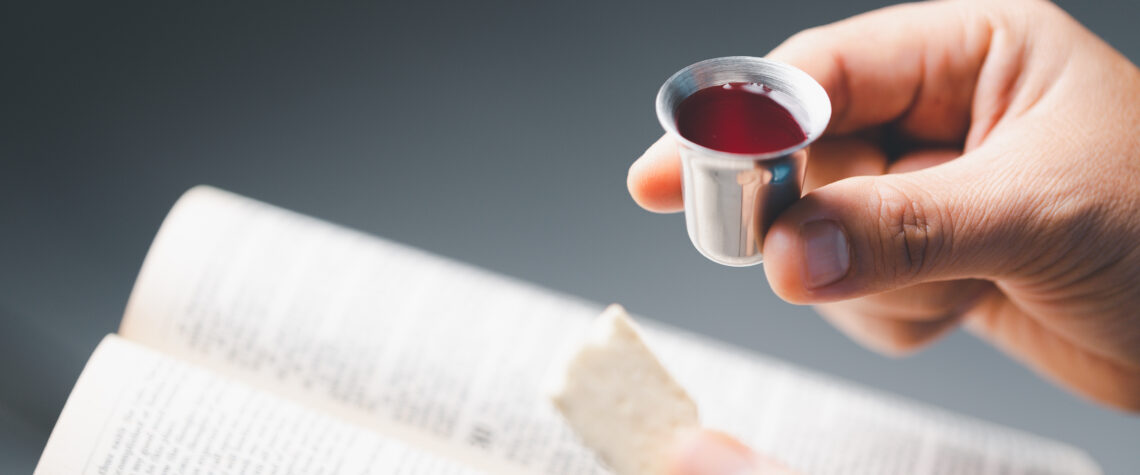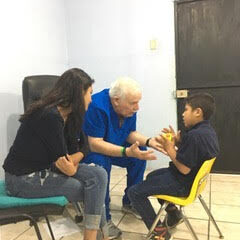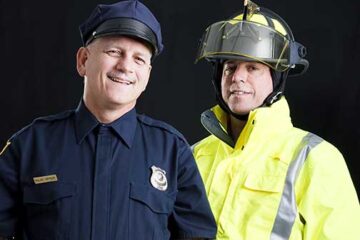Have you ever attended an annual celebration with some of your closest friends?
Imagine the host standing at the head of the table right before the meal. He offers a blessing, breaks a loaf of bread in two, hands the remnants to the guest telling them to eat. Then lifting a glass of wine with a blessing, he says to the group as he passes it around the table, take and drink.
What if you are on a gluten free diet, don’t feel comfortable drinking after others, or don’t feel like having an alcoholic beverage?
Do you pass it on, without partaking?
We’ve all been in those situations, where someone, maybe us, decided not to participate for one reason or another. What would have been the outcome if that happened at The Last Supper? Why didn’t it?
Well, first off, the host was kind of special. He was hosting what was likely his third Passover meal, but this one was very different. That meal changed the lives of countless people all over the world, throughout the centuries.
The Last Supper, the title it has become known as, was actually a regular Jewish ritual, celebrating God’s love for His chosen people. Within the following years, it became a Catholic sacrament, and later, a Christian ordnance for other denominations.
It is believed that Jesus gathered his “family” in an upper room in Jerusalem to celebrate the Feast of the Passover. It is also believed that the list of people around the table that night was Jesus, either the full twelve or the faithful eleven apostles, and at least two other disciples, most likely women. There could have been more, the exact count is lost to history.
It is highly unlikely that Jesus’ mother would not have been there nor is it believed that Mary Magdala would not have helped in the preparation of the meal. By the accounts recorded in the telling in Mark’s Gospel, Jesus, asks two disciples to make the preparations for he and the apostles. The other Gospels just mentions the word disciples in the narrative.
With the backdrop set, let’s continue with the basis of the likelihood that everyone there willingly participated in the requests made by Jesus. To understand why, we turn back to the written testimony of the messages given at the meal, the history of the Feast, and the knowledge of who the person of Jesus was, in the minds of His guests.
Everyone present believe fully and completely that Jesus was God’s chosen one; the Messiah. So, when He performed the following ritual, “And as they did eat, Jesus took bread, and blessed, and brake it, and gave to them, and said, Take, eat: this is my body. And he took the cup, and when he had given thanks, he gave it to them: and they all drank of it. And he said unto them, this is my blood of the new covenant, which is shed for many. Verily I say unto you, I will drink no more of the fruit of the vine, until that day that I drink it new in the kingdom of God.”, they took each word as the truth.
With the birth of this new tradition, the words used would have carried great meaning to those people sitting around the table. It was not the first time Jesus would have compared bread and wine to His body and blood. Just a few days before, in a public discourse, he explained that for those who did not eat his flesh or drink his blood would not have life eternal. In addition, at this meal He goes further, by creating a new ritual, with the use of the words “new covenant”. Passover was the reenactment of the old covenant, when God saved Israelis from death using the blood of a lamb; it was not a symbol of blood, it was real lamb’s blood. The new covenant would become the new bond whereby God saves all mankind with his true blood. These guests understood they were eating and drinking the very real body, blood, soul, and divinity of the Living God. The bread consumed was even given the name “host” to remind us that we are actually eating the host of the meal. This was widely believed through the first thirteen centuries of the Christian faith.
In a stunning revelation, in 2019, the Pew Forum, released results of a survey of Catholic’s regard toward the Eucharist. Only one third of the Catholics polled believed that Jesus is really, truly, and substantially present in the appearance of bread and wine at the consecration of the Holy Mass. That means that two thirds of the Catholics believe it was just symbolism.
Just as in Jesus’ time, people find it hard to truly believe the power of the risen Christ.
If this is my last post, I want all to know there was only one purpose for all that I have written; to have made a positive difference in the lives of others.
Anthony “Tony” Boquet, the author of “The Bloodline of Wisdom, The Awakening of a Modern Solutionary”













